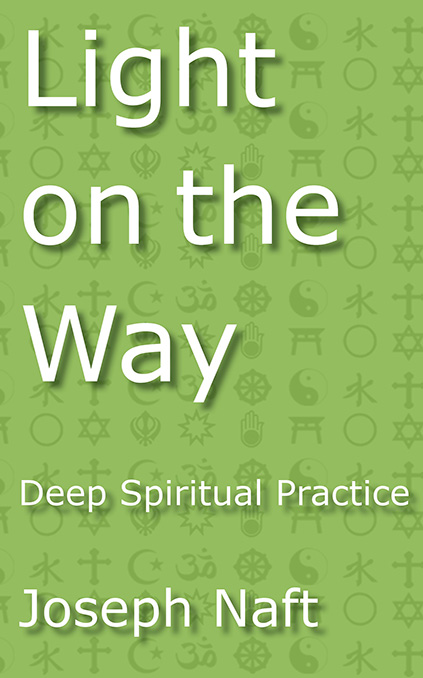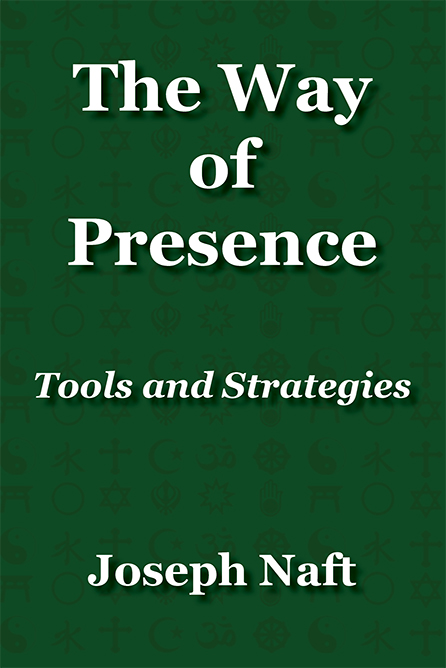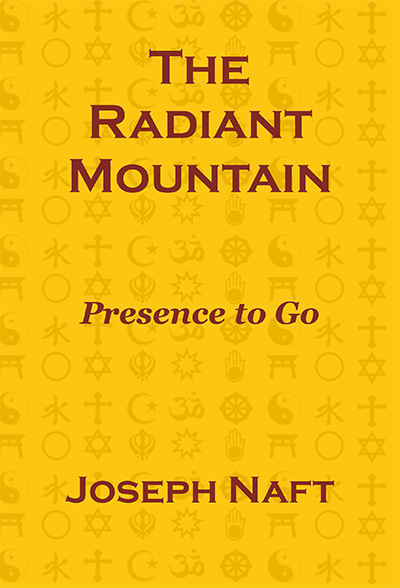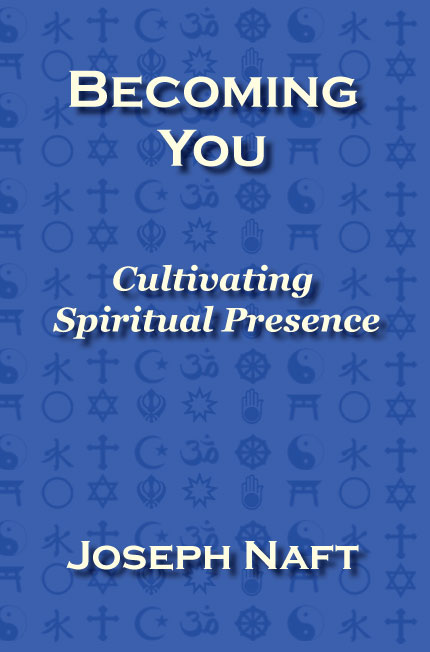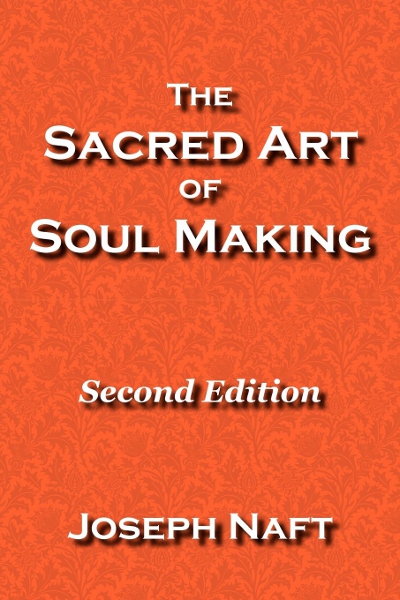|
|
Inner
Frontier Fourth Way Spiritual Practice |
|
Inner Work For the Week of July 22, 2024
Presence and LoveThe principal aim and outcome of spiritual practice is love. The basis of love is the perception of non-separateness. And the basis of non-separateness is not having one's identity wrapped up in something that is separate, such as our personality or our ego, which can be understood as the belief that we are our personality. The extent to which we realize that we are not our personality, is the extent to which we awaken toward love. This realization is often referred to as emptiness or nothingness. Unfortunately, both terms have negative connotations. If one feels empty, if one feels one's nothingness, that typically comes with a sense of loss or deprivation, sometimes leading to depression or a harmful self-view. In such psychological emptiness one feels "I am empty" or "I am nothing" and both imply "I am worthless." Psychological emptiness is all about me as the one who is empty, who is nothing. This is not spiritual emptiness, because it is not empty of me. This me, this pseudo-I, this ego occupies our center and fears its shrinking toward emptiness as a harbinger of its own demise. In spiritual emptiness, in spiritual nothingness, the ego has vanished, either temporarily slipping away unneeded or exposed as a fraud and never to return. The empty and fraudulent nature of the belief that we are our personality, once fully and clearly seen, cannot be unseen. At that point, there is no ego, no me around which to erect a sense of loss, a sense of lack. Without that ego, my undifferentiated core perceives your core without distinguishing you from me. Without that ego standing apart, without that ego defining itself in contrast to others, there is nothing in us to be separate. And without separateness, love is revealed. When we first become aware of moments that are free of egoism, we first become aware that beneath the outer appearances, we are not separate, that nothing is really separate. This is new to us and we perceive it as non-separateness in contrast to our prior perception of separateness. Later it becomes more integrated into our psyche, into our life, and we live more in simple and natural unity. This changes our presence. Before that, when we are present it is my presence, affirming my existence as a separate self. This style of presence, however, has inherent limitations and weaknesses, arising from the ongoing need to affirm and defend our ego. That need takes us out of presence and into the never-ending parade of ego-building, pouring our time and energy into that bottomless pit. Later, with our ego's grip on us weakening, we open to moments of shared presence, where it is our presence rather than my presence. We find ourselves in the shared field of conscious energy, which removes the walls between us and allows us to be, just be. And in just being, we discover simple intimacy, our non-separateness, our unity with others. True presence just is. In our presence, we just are. This is not the intimacy of you and me, of me over here respecting an equal you over there. It is the intimacy of Us, the direct experience of us as singular and the same in our depth. This experience happens more often than we may recognize. It is not rare, for it is the simple truth. We only need our ego to get out of the way for a moment. And our inner work of meditation, prayer, presence, and kindness make that more possible. In universal presence, that deep intimacy extends to the whole of nature, the whole of reality. This experience also happens more often than we may recognize. It is not rare, for it is also the simple truth. And our inner work of meditation, prayer, presence, and kindness enhance it, by raising us out of separateness. For this week, please work toward the presence that reveals the reality of love. |
|
|
About Inner Frontier Send us email Copyright © 2001-2024 Joseph Naft. All rights reserved. |

